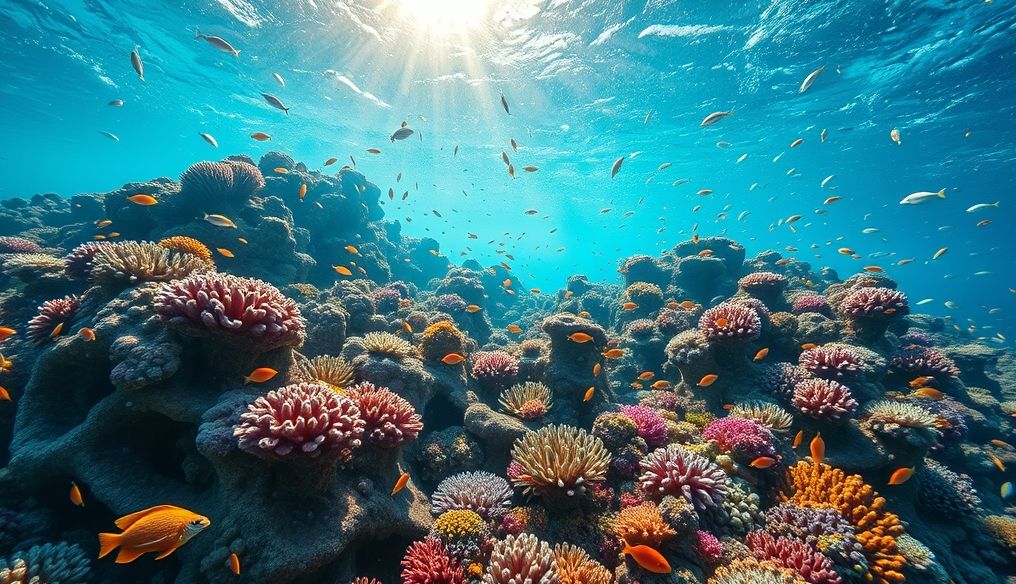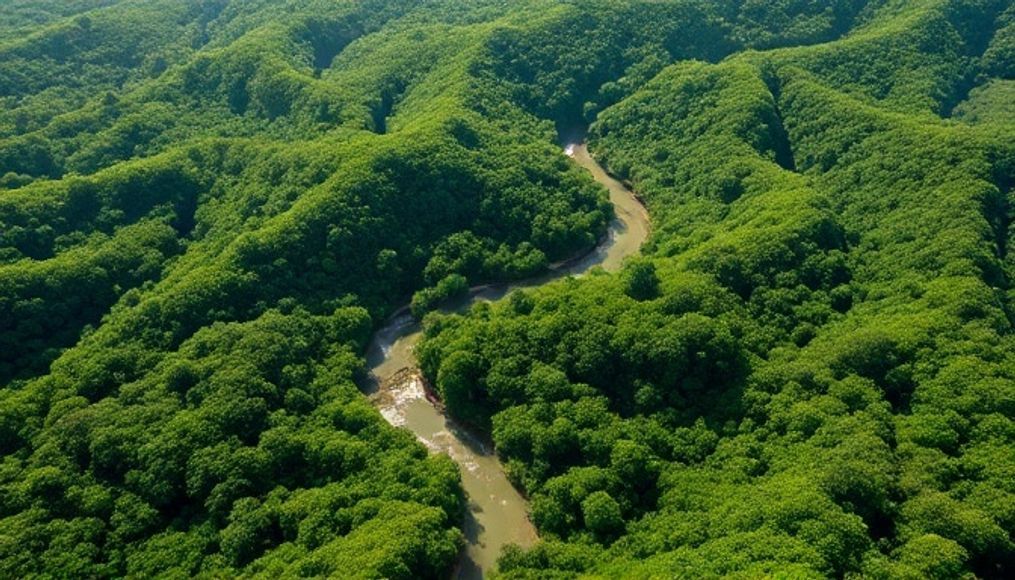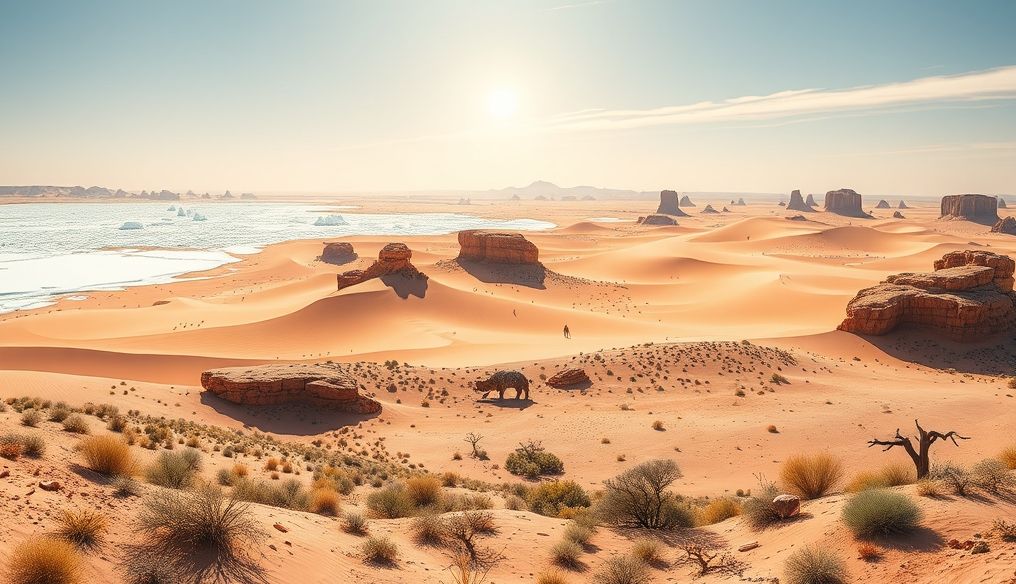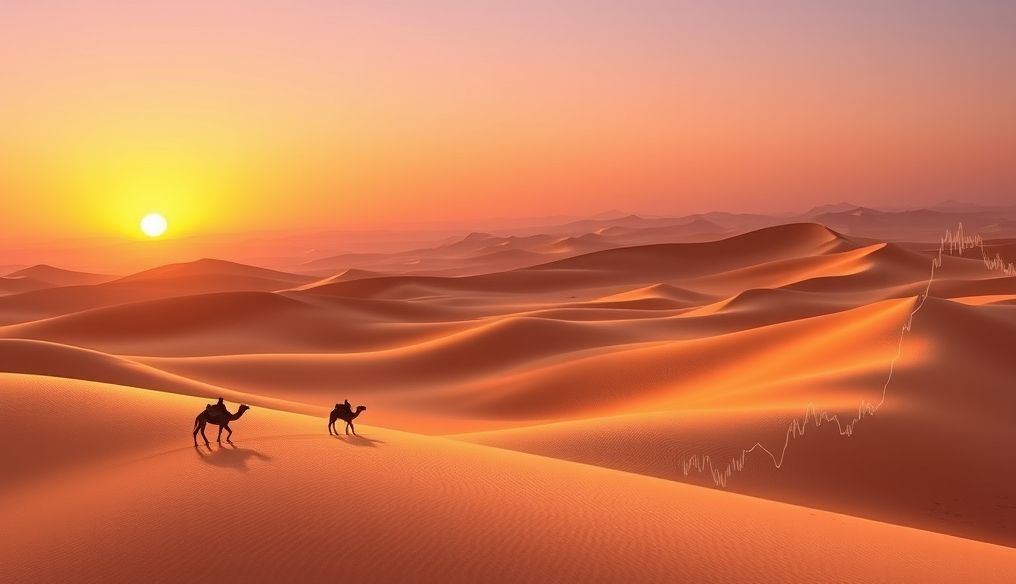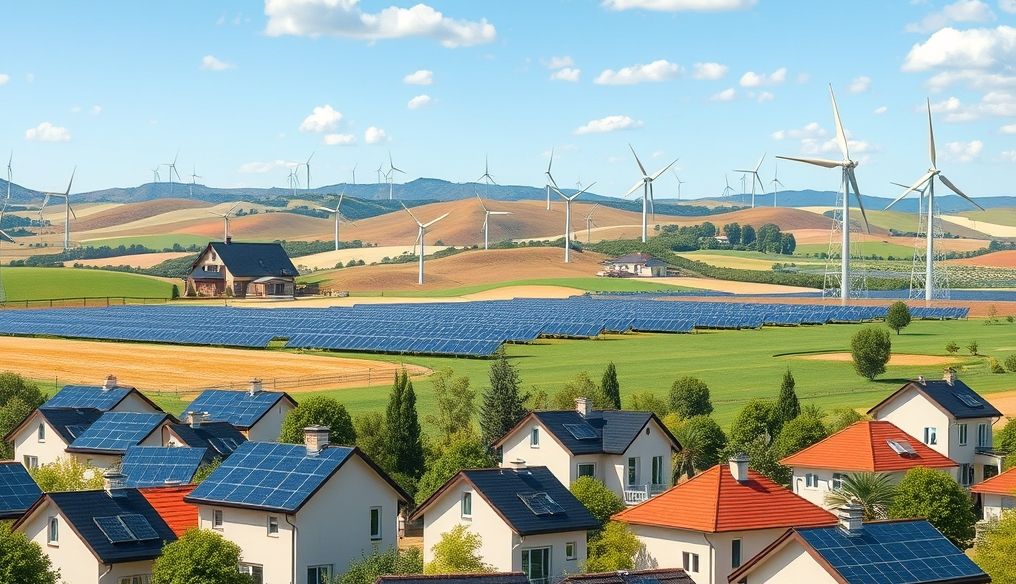Introduction: Coral Reefs - Oases of Life in the Oceans
Coral reefs, often described as the "Amazon rainforests of the sea," are vast aggregations of small living organisms known as coral polyps. These polyps, which closely resemble tiny sea anemones, live in massive colonies, secreting a hard calcium carbonate skeleton that forms the foundation of the reef. But how does this amazing process begin, and what is the immense ecological significance of these vital formations?
Chapter 1: Coral Polyps - The Tiny Architects of Reefs
Coral polyps are simple invertebrate animals, consisting of a cup-like sac with a single opening surrounded by tentacles. These tentacles are equipped with stinging cells used to capture plankton and other small organisms. Crucially, most coral polyps live in a symbiotic relationship with microscopic algae known as Zooxanthellae. These algae live within the coral's tissues and provide it with food through photosynthesis, while the algae receive protection and nutrients from the coral.
Chapter 2: The Formation Process - From Larva to Colony
The life of a coral begins as a tiny larva called a planula. This larva swims freely in the water until it finds a suitable hard surface to settle on. Once settled, the larva transforms into a single coral polyp. This polyp begins to secrete calcium carbonate to form a hard skeleton around itself. The polyp then begins to reproduce asexually by budding, where new polyps arise from the original polyp. As this process continues, a large coral colony forms.
Chapter 3: Types of Coral Reefs - Amazing Diversity
There are different types of coral reefs, each with its unique characteristics. The main types include:
- Fringing Reefs: Grow close to the shore and are separated from it by a narrow lagoon.
- Barrier Reefs: Grow further offshore and are separated from the shore by a wider and deeper lagoon. The Great Barrier Reef in Australia is a famous example.
- Atolls: Circular-shaped coral reefs that surround a shallow lagoon. These atolls form when a volcanic island sinks and the coral reefs continue to grow around it.
Chapter 4: The Importance of Coral Reefs to the Oceans
Coral reefs are not just breathtaking landscapes, but vital ecosystems that provide many benefits:
- Haven for Biodiversity: Coral reefs provide shelter and food for a quarter of the known marine organisms, including fish, crustaceans, and mollusks.
- Coastal Protection: Coral reefs act as natural barriers that protect coastlines from erosion caused by waves and storms.
- Source of Food and Medicine: Millions of people around the world depend on coral reefs as a source of food and income. Also, some compounds extracted from marine organisms living in coral reefs are used in drug development.
- Water Purification: Coral reefs help purify water by absorbing dissolved organic matter.
Chapter 5: Threats Facing Coral Reefs
Coral reefs face many threats, including:
- Climate Change: Rising ocean temperatures lead to coral bleaching, a condition that occurs when coral polyps expel Zooxanthellae algae, making them more vulnerable to disease and death.
- Pollution: Pollution from human activities, such as sewage and pesticides, degrades water quality and poisons coral reefs.
- Overfishing: Overfishing disrupts the ecological balance in coral reefs.
- Habitat Destruction: Habitat destruction, such as dredging the seabed and coastal construction, directly destroys coral reefs.
Chapter 6: Conservation Efforts - A Glimmer of Hope
There are global efforts to protect coral reefs, including:
- Establishing Marine Protected Areas: Marine protected areas help protect coral reefs from pollution and overfishing.
- Reducing Greenhouse Gas Emissions: Reducing greenhouse gas emissions helps combat climate change, the biggest threat to coral reefs.
- Coral Reef Restoration: Coral reef restoration involves planting new coral seedlings in damaged areas.
- Awareness and Education: Raising awareness about the importance of coral reefs and the importance of protecting them.
Chapter 7: Our Role in Protecting Coral Reefs
We can all play a role in protecting coral reefs by:
- Reducing Our Energy Consumption: Reducing our energy consumption helps combat climate change.
- Supporting Sustainable Products: Supporting sustainable products that do not harm the marine environment.
- Avoiding the Use of Coral Reef-Damaging Sunscreen: Using sunscreen that is free of chemicals that are harmful to coral reefs.
- Participating in Cleanup Efforts: Participating in beach and coral reef cleanup efforts.
Conclusion: Coral Reefs - Our Future is in Our Hands
Coral reefs are vital ecosystems facing serious threats. By taking action to protect them, we can ensure the survival of these natural treasures for future generations. The future of coral reefs, and the future of the health of our oceans, is in our hands.
